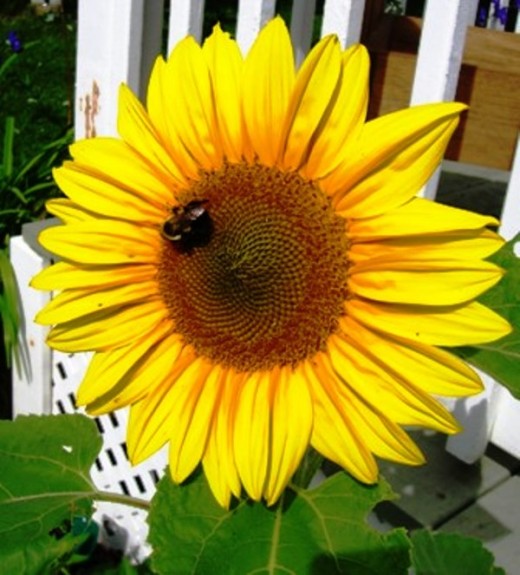There is a change in the air, the wind, although still strong is warmer, only slightly, but the difference is everything.
Spring is near, though the snow still lays heavy on the ground, little rivers of water slowly trickle from under the banks that have been here since late November.
Soon, another four weeks or so, the greening will begin and the first signs of Spring will appear. The crocuses and hyacinths are usually the first to appear, but I look forward to the dandelions which shout hello fro everywhere. The sighting of the first dandelion is heartening.
There will be cold days and nights and the remainder of winter will occasionally ride the wind, but the change has come.
One of the first signs of Spring’s arrival is the call of the white-throated sparrow, known by some Canadians as the Oh Canada bird as they hear the words Oh Canada, Canada, Canada in its call.
As a Canadian, I like that but what truly pleases me is knowing that the songbirds will soon return from their winter homes and spend awhile in my tree.
Their morning song will wake us but there are few better ways to begin a day. There are those who say that it is the birds’ morning song that wakes the sleeping flowers and calls them forth. I do not know the truth of this but it feels good to think of the relationship that way.
Each spring and fall, I watch the comings and going of plant and animal. Over an extended period of time if you observe Nature’s activities and the time of year they take place and what else is going on at that time you come to understand the ecosystem you inhabit and develop an awareness of the changes that may be taking place. This study is known as phenology.
Phenology is the study of the timing of natural events. Common examples include the date that migrating birds return, the first flower dates for plants, and the date on which a lake freezes in the autumn or opens in the spring.
Phenological records help alert us about the events of nature and provide interesting comparisons between years and among different geographic regions. If recorded carefully and consistently, these records also have scientific value for understanding the interactions between organisms and their environment and for assessing the impacts of climate change.
Spring is indeed a time of renewal, a time of hope and a time to put into action all the plans that were made over the winter months when the outside was not ready. Now do not get me wrong, I enjoy winter and embrace the cold and snow but like all things, this too must pass and the arrival of Spring’s harbingers is a sign that the passing has occurred. Winter will return but not now, that is a future reality, for now, Nature is awakening and it is time to enjoy, observe and spend time with her.
Unfortunately, this year Spring will need to be enjoyed from my front deck and my garden. I am staying home due to Covid-19 and ask you to do the same. Drop by this blog for videos t help you stay home and save live.
Unfortunately, this year Spring will need to be enjoyed from my front deck and my garden. I am staying home due to Covid-19 and ask you to do the same. Drop by this blog for videos t help you stay home and save live.






